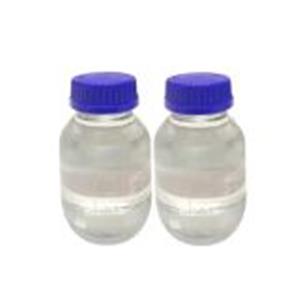
Propidium iodide NEW
| Price | $20 | $10 | $3 |
| Package | 1kg | 100kg | 1000kg |
| Min. Order: | 1kg |
| Supply Ability: | 20 tons |
| Update Time: | 2024-10-25 |
Product Details
| Product Name: Propidium iodide | CAS No.: 25535-16-4 |
| EC-No.: 247-081-0 | Min. Order: 1kg |
| Purity: 0.99 | Supply Ability: 20 tons |
| Release date: 2024/10/25 |
| Name | Propidium iodide | EINECS | 247-081-0 |
| CAS No. | 25535-16-4 | Density | g/cm3 |
| PSA | 55.92000 | LogP | 0.15880 |
| Solubility | Soluble in water at 1mg/ml | Melting Point | 220-225℃ |
| Formula | C27H34 N4 . 2 I | Boiling Point | °Cat760mmHg |
| Molecular Weight | 668.403 | Flash Point | °C |
Melting point: 220-225 °C (dec.)(lit.)
Storage condition: 2-8oC
Propidium iodide (or PI) is an intercalating agent and a fluorescent molecule with a molecular mass of 668.4 Da that can be used to stain cells. When PI is bound to nucleic acids, the fluorescence excitation maximum is 535nm and the emission maximum is 617nm. Excitation energy can be supplied with a xenon or mercury-arc lamp or with the 488 line of an argon-ion laser. Propidium iodide is used as a DNA stain for both flow cytometry, to evaluate cell viability or DNA content in cell cycle analysis, and microscopy to visualise the nucleus and other DNA-containing organelles. It can be used to differentiate necrotic, apoptotic and normal cells.
Propidium Iodide is the most commonly used dye to quantitatively assess DNA content.; Propidium iodide (PI) binds to DNA by intercalating between the bases, with little or no sequence preference, and with a stoichiometry of one dye molecule per 4–5 base pairs of DNA. PI also binds to RNA, necessitating treatment with nucleases to distinguish between RNA and DNA staining. Once the dye is bound to nucleic acids, its fluorescence is enhanced 20- to 30-fold, the fluorescence excitation maximum is shifted ~30–40nm to the red, and the fluorescence emission maximum is shifted ~15nm to the blue. Although its molar absorptivity (extinction coefficient) is relatively low, PI exhibits a sufficiently large Stokes shift to allow simultaneous detection of nuclear DNA and fluorescein-labeled antibodies, provided the proper optical filters are used. PI is suitable for fluorescence microscopy, confocal laser scanning microscopy, flow cytometry, and fluorometry.
PI is membrane impermeant and generally excluded from viable cells. PI is commonly used for identifying dead cells in a population and as a counterstain in multicolor fluorescent techniques. The counterstaining protocols below are compatible with a wide range of cytological labeling techniques—direct or indirect antibody-based detection methods, mRNA in situ hybridization, or staining with fluorescent reagents specific for cellular structures. These protocols can be modified for tissue staining.
A typical use of propidium iodide in plant biology is to stain the cell wall. Especially useful for Arabidopsis thaliana seedling root tissue observed by confocal microscopy, it increases visibility of the outlines of cells in the root tip. This red fluorescent background is useful to determine the sub-localization of a gene of interest expressed as a Green Fluorescent Protein fusion.
Also, propidium iodide is used as a stain in animal cells. For example, in Apodemus sylvaticus, more commonly known as the wood mouse, it can be used to indicate the location of the nuclear region of sperm cell by emitting its characteristic red fluorescence.
Company Profile Introduction
You may like
Recommended supplier
| Product name | Price | Suppliers | Update time | |
|---|---|---|---|---|
| $39.00/10mg |
VIP5Y
|
TargetMol Chemicals Inc.
|
2024-11-19 | |
| $0.00/1KG |
VIP3Y
|
Hebei Weibang Biotechnology Co., Ltd
|
2024-10-25 | |
| $0.00/25KG |
VIP5Y
|
Hebei Mujin Biotechnology Co.,Ltd
|
2023-09-28 | |
| $7.00/1KG |
VIP7Y
|
Career Henan Chemical Co
|
2019-09-01 | |
| $1.00/1KG |
VIP7Y
|
Career Henan Chemical Co
|
2019-07-12 |
- Since: 2020-05-25
- Address: Zhanggeji Village, Fengjiazhai Town, Guangzong County, Xingtai City, Hebei Province
17531190177



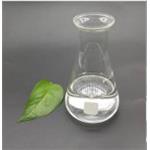
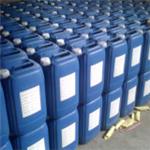
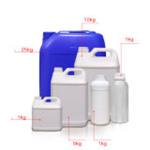
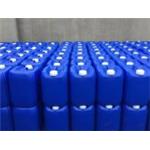
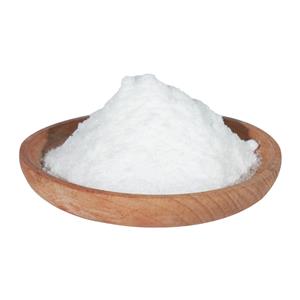
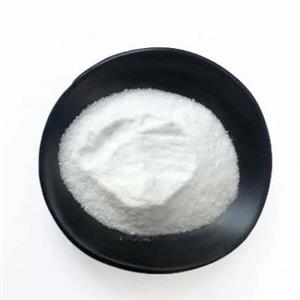
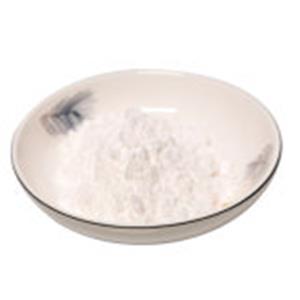

 China
China